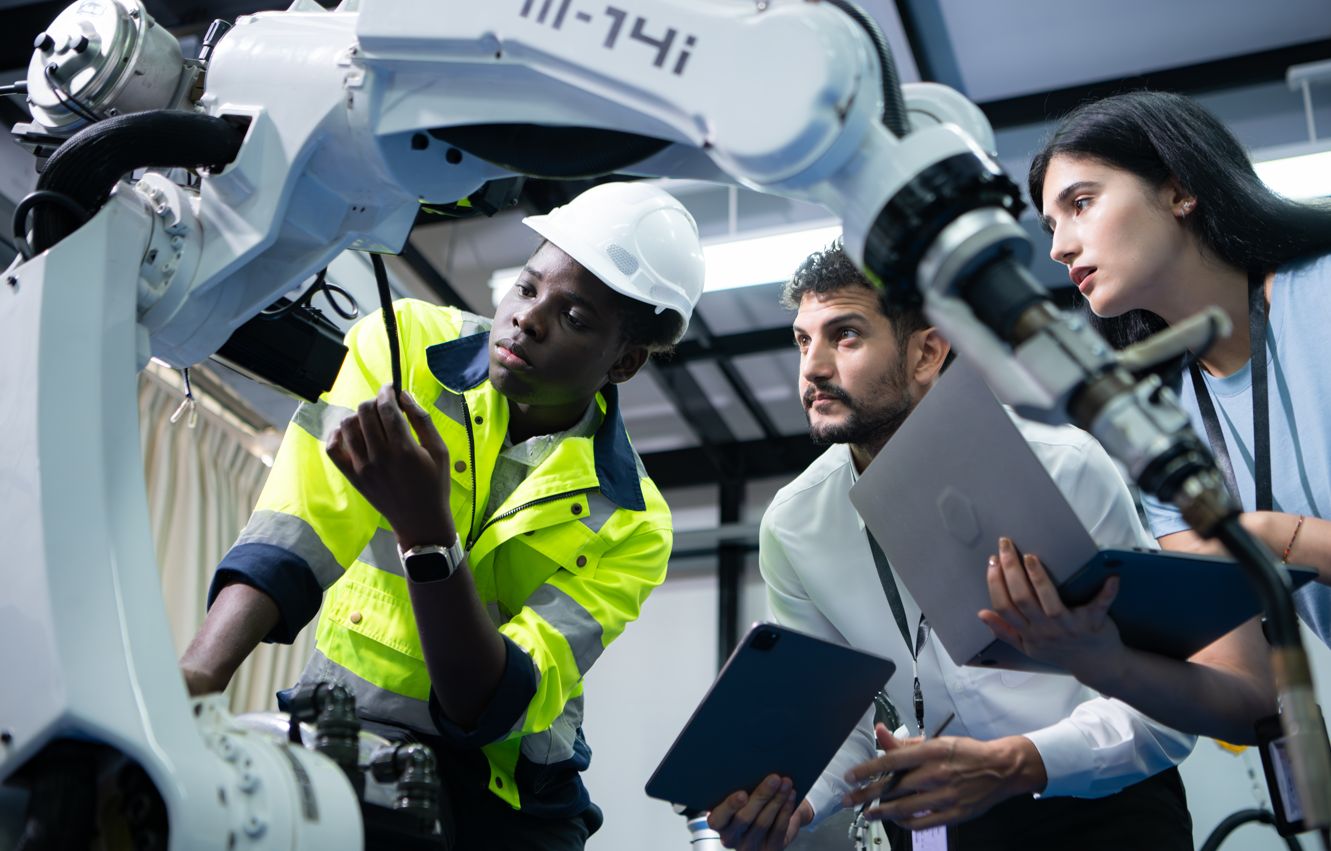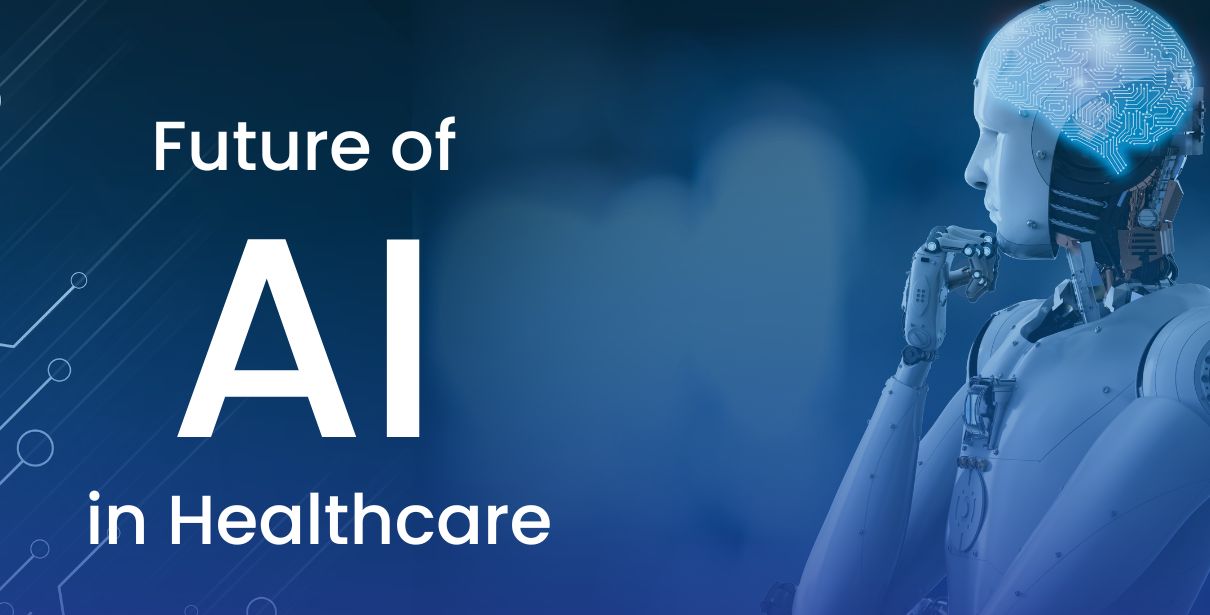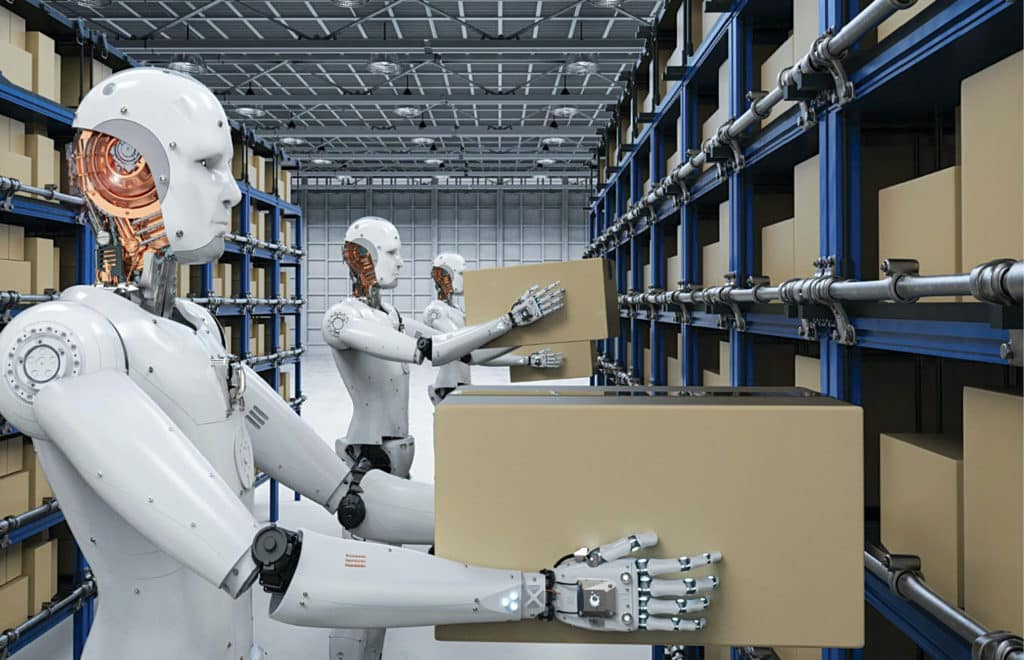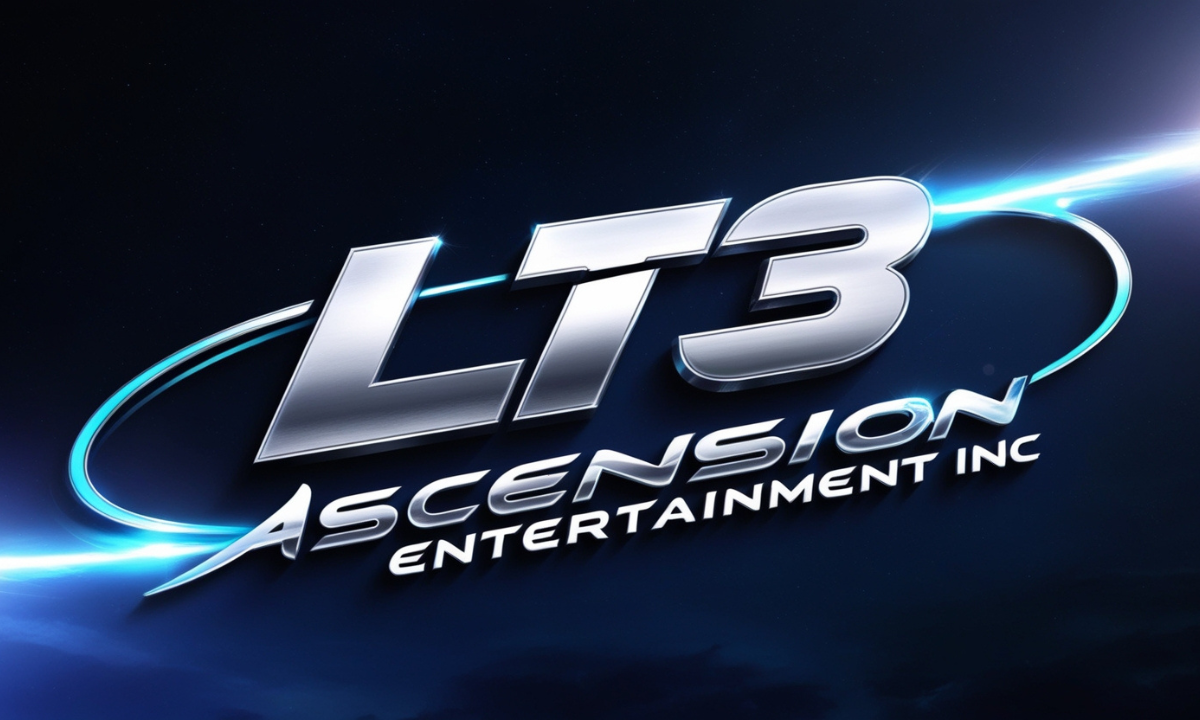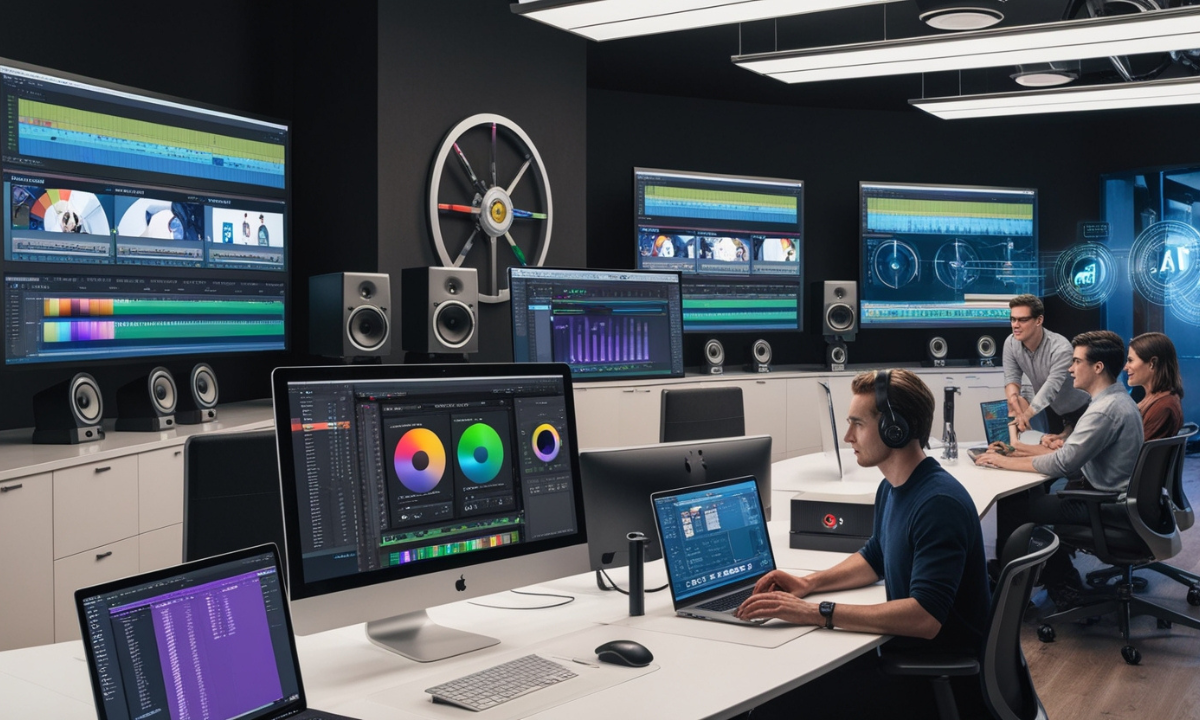Industries Most Affected by AI
A.I. is a rapidly growing science and industry today. It’s changing how we work and live. While A.I. promises unparalleled advances for efficiency and productivity advantages; it also creates concerns about job loss. The technologies associated with A.I. are becoming increasingly sophisticated. In the next five years, a number of jobs are likely to be replaced by A.I. This article takes you through which roles A.I. automation is most likely to affect, what this means for the labour force, and strategies proposed by experts on how best to consider adapting.
The Rise of A.I. in the Workplace
A.I. has already made enormous progress in different fields, including healthcare, finance, retail, and manufacturing. Machine learning and natural language processing bring together things like: robots that can do work that was once called intelligence. From chatbots responding to customer queries and algorithms parsing complex financial data, A.I. is remaking the world of work.
Which jobs are most vulnerable?
Customer Service Representatives: Chatbots and virtual assistants are becoming more mature in addressing customers ‘inquiries, complaints and orders. With the help of advanced natural language processing exemplary A.I. systems understand and react to customer needs effectively, dramatically reducing the demand for human customer-service staff.
Data Entry Clerks: With high accuracy and low error rates, A.I. systems can process and input large volumes of data quickly. Optical character recognition (OCR) and other data capture technologies are making data entry clerks superfluous, as machines can do these jobs faster and without any mistakes.
Retail Cashiers: Self-checkout systems and automated payment kiosks are increasingly common in the world of retail. Shoppers can now scan and pay for their own items using devices such as these, and more money goes into business coffers without any checkout staff needed to take it there.
Manufacturing and Assembly Line Workers: Robotics and A.I.-driven automation are transforming the manufacturing environment. Automated machinery can perform monotonous jobs such as assembly, welding and quality control more efficiently than human workers, with significant job displacement to people in the manufacturing sector.
Bookkeeping and Accounting Clerks: A.I. and machine-learning algorithms can handle ever more aspects of accounting work, from data input to payroll and tax preparation. Software such as QuickBooks and Xero already take many of the tasks normally done by human bookkeeping staff, thus cutting the numbers needed for this type of employment.
Tele-marketers: Automated call systems and A.I.-powered marketing tools are replacing human telemarketers. These systems can make calls, deliver scripted messages, and even engage to some extent with customers, reducing the need for human telemarketers.
Delivery Drivers: The introduction of autonomous vehicles poses a threat to the livelihood of couriers. Companies like Amazon and Tesla that are investing in self-driving technology in hope to deploy fleets of autonomous delivery vehicles which work round-the-clock without any human drivers involved.
Paralegals and Legal Assistants: A.I. tools can manage more and more aspects of legal work, such as legal research, document review, or contract analysis. These technologies are reducing demand for paralegals and legal assistants by automating everyday legal work.
Journalists and Content Writers: Systems such as natural language generation (NLG) can create written output, like news reports and articles, from data inputs. Although A.I. will not replace all journalism, it may at least take over areas like financial reporting, sports summaries and the prognosis of weather forecasts – which would mean there is less need for human writers in these fields.
Medical transcribers: Speech recognition technology has now reached a level of accuracy where it can transcribe medical records and dictations correctly. This means there is less need for medical transcribers, as doctors and others in healthcare can rely on A.I. systems to create and manage records for patients.
Implications for Workforces
The introduction of A.I. does not bode well for employment, either. As A.I. continues to evolve, demand for certain skills will fall while new competencies emerge. We can distinguish several major implications:
Job Losses and Economic Disruption: Labor performed by machines could render large numbers of workers unemployed, particularly in sectors where there is a great deal of hand work and repetitive tasks. Those who lose their jobs as a result of A. I, may experience difficulty finding new gainful employment. This will worsen income disparities and cause social unrest.
Skill Gap and Workforce Re-skilling: The move to A.I. – driven workplaces will create a skill gap, which in turn will create the need for workers versed in A.I., machine learning and data analysis. Workforce re-skilling and continuous education will be key to helping displaced workers adapt to new roles and industries.
Changes in Nature of Work: While A. I will replace certain jobs, it will also alter the nature of existing ones. Thus workers will have to learn new types of work flow that integrate A.I. technologies and focus on those tasks requiring human creativity and empathy, as well as critical thinking skills.
Improved Productivity and Efficiency: If A.I. becomes widespread, efficiency and productivity on both the production-level will be raised. Economic growth may be boosted and opportunities for new employment created, however the benefits will not necessarily accrue equally to all sectors of society.
Strategies for Adaptation
To survive the negative effects of AI’s displacement of jobs, one must have proactive strategies:
Investment in Education and Training: Governments and businesses need to invest in education and training programs that will equip workers for jobs augmented by AI. This demands not just technical skills but soft ones as well, such as problem-solving and adaptive thinking.
Promotion of Lifelong Learning: Encouraging a culture of lifelong learning allows workers to keep their skills up-to-date in a fast-changing job market. Online courses, vocational training and certification programs all provide opportunities for flexible learning.
Support for Displaced Workers: Encouraging the re-employment of displaced workers by providing them with unemployment benefits, job placement assistance, and career counseling services. Safety nets and targeted programs can help soften the economic blow caused by job loss.
Emphasis on Human-A.I. Collaboration: Instead of seeing A.I. as a threat, businesses should highlight its potential for human/A.I. collaboration. Workers can take advantage of A.I. tools in order to raise output and concentrate on higher-value tasks that require human judgment and creativity.
Development of Ethical A.I. Practices: In order to allay fears of job displacement, top of the list is ensuring that A.I. is developed and put to work in a just way. Transparent and fair practices will assist in winning the trust of the public and making sure that everyone benefits from the advances made by A.I.
Conclusion: The Future Of A.I In Society
Artificial Intelligence (A.I) technologies have developed fast recently, bringing both opportunities and threats to the world of employment. There are some jobs that are at high risk of being lost in the next five years. However, it should not be forgotten that A.I. has the potential to supplement human capabilities and open up new possibilities. By enhancing education, helping the displaced and cultivating lifelong learning, society can better manage the transition into an A.I.-led future. Making human-A.I. Collaboration and sound practice an emphasis is bound to be a key aspect in capturing the upside of A.I. while minimizing its negative effects.



